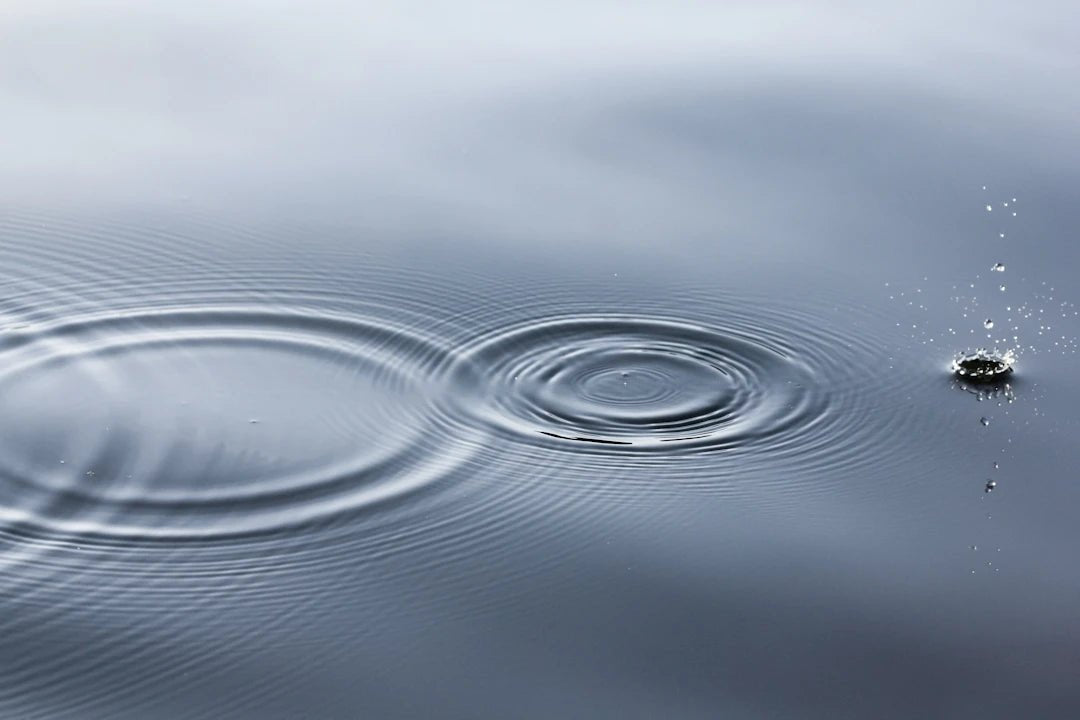Understanding Reverse Osmosis: A Guide for Australians
Frequently Asked Questions
1. What is reverse osmosis?
2. How does reverse osmosis work?
3. What are the benefits of using a reverse osmosis system?
4. Why is reverse osmosis important for Australians?
5. How do I choose a reverse osmosis system?
When it comes to ensuring clean and safe drinking water, Australians have plenty of options. One of the most effective methods available today is reverse osmosis. In this guide, we’ll break down the essentials of reverse osmosis, including how it works, its benefits, and why you should consider incorporating it into your daily hydration routine, potentially paired with products like the comfortable and sustainable Rippl Pure Glass Drink Bottle.
What is Reverse Osmosis?
Reverse osmosis is a water purification technology that employs a semi-permeable membrane to remove impurities and contaminants from water. This method is particularly advantageous for people in urban areas of Australia where water quality may be a concern, due to pollutants and other environmental factors.
How Reverse Osmosis Works
The process of reverse osmosis involves several steps:
1. Pre-Filtration
The water first passes through a pre-filter that removes larger particles such as sediment, chlorine, and other chemicals that can damage the reverse osmosis membrane.
2. Reverse Osmosis Membrane
After pre-filtration, water is forced through a semi-permeable membrane under pressure. This membrane allows only water molecules to pass through while blocking dissolved salts, bacteria, and other impurities.
3. Post-Filtration
Once the water has been purified, it may go through a post-filter for an additional level of filtration, ensuring that the water tastes fresh and clean.
4. Storage and Distribution
The filtered water is then stored in a tank until you’re ready to dispense it. Utilizing a water filter connected to your tap or an easy-to-carry container like the Rippl Pure Glass Drink Bottle makes it easy to stay hydrated throughout the day.
Benefits of Reverse Osmosis
Using a reverse osmosis water filtration system offers several benefits:
- Exceptional Purity: Reverse osmosis systems can remove up to 99% of contaminants, providing you with the cleanest and safest drinking water.
- Improved Taste: By eliminating unwanted chemicals and minerals, reverse osmosis helps enhance the taste and odor of your water, making it more enjoyable to drink.
- Health Benefits: Clean water is essential for good health. With reverse osmosis, you reduce your risk of consuming harmful substances that may lead to health issues.
- Convenient and Cost-Effective: Once installed, a reverse osmosis system can provide you with an endless supply of purified water, saving you money in the long run compared to bottled water.
Reverse Osmosis and Australian Water Quality
Australia is blessed with relatively high water quality, but various factors can impact this. Heavy rains and floods can introduce contaminants into water supplies, while aging infrastructure may lead to leaching. For these reasons, reverse osmosis is ideal for those who want peace of mind regarding their household water quality.
Choosing a Reverse Osmosis System
When selecting a reverse osmosis water filtration system, it’s important to consider several factors:
- Size: Assess your household size and water consumption. Systems come in different capacities, so select one that meets your needs.
- Filtering Stages: Look for systems that offer multiple filtering stages, including pre- and post-filtration, to ensure maximum contaminant removal.
- Certification: Choose systems that have been certified by relevant Australian health and safety standards, ensuring their effectiveness.
- Installation and Maintenance: Consider whether you are comfortable installing the system yourself or need professional help. Also, review maintenance requirements to ensure optimal performance over time.
Incorporating Reverse Osmosis into Your Lifestyle
Once you've chosen the right reverse osmosis system, it's essential to integrate it into your daily routine effectively. Here are some tips to help you do just that:
1. Stay Hydrated
By filling your Rippl Pure Glass Drink Bottle with freshly purified water, you create a habit of drinking adequate amounts of water each day. Having a stylish and reusable bottle can motivate you to keep hydrated.
2. Use in Cooking
Purified water can enhance the taste of your meals. Use reverse osmosis water for cooking, preparing coffee, or even rinsing fruits and vegetables. You’ll notice a difference in the freshness and purity of your food and drinks.
3. Be Mindful of Waste
By using a water filter that eliminates the need for bottled water, you significantly reduce plastic waste. This makes it an eco-friendlier option, aligning with Australian values of sustainability.
Common Myths About Reverse Osmosis
There are several myths surrounding reverse osmosis that can lead to misconceptions. Here are a few to clarify:
Myth #1: Reverse Osmosis Removes Essential Minerals
While it’s true that reverse osmosis removes many minerals, some systems reintroduce essential minerals after the water is purified. Additionally, a balanced diet can replenish any minerals lost from drinking RO water.
Myth #2: RO Water Has an Unpleasant Taste
On the contrary, many people find reverse osmosis water tastes better due to the removal of chlorine and other contaminants, resulting in a fresher taste.
Myth #3: Reverse Osmosis is Too Complicated
Modern reverse osmosis systems are user-friendly and require minimal maintenance. Most models come with clear instructions, and many manufacturers offer support for installation.
The Future of Water Filtration in Australia
As Australians become more aware of the importance of clean drinking water, the popularity of technologies like reverse osmosis continues to rise. With ongoing innovation in filtration systems and greater accessibility to clean water solutions, the future looks bright for those investing in their hydration.
Hydrating the Australian Way
Keeping your hydration habits aligned with the best practices in water filtration can lead to a healthier lifestyle. With a reliable water filter and the eco-friendly Rippl Pure Glass Drink Bottle, you can ensure that your drinking water is as pure as possible. Embrace the benefits of reverse osmosis and elevate your everyday water experience—because you deserve the best!
Discover the creations of a fellow Shopify or Wix store owner. Check out their online store here. Please remember that this is a promotional link, and we are not liable for the content of the linked store.



